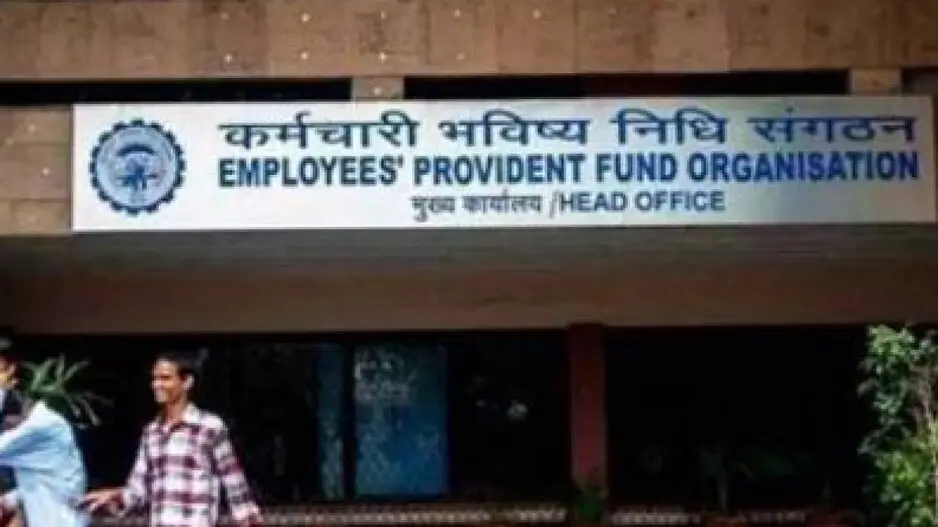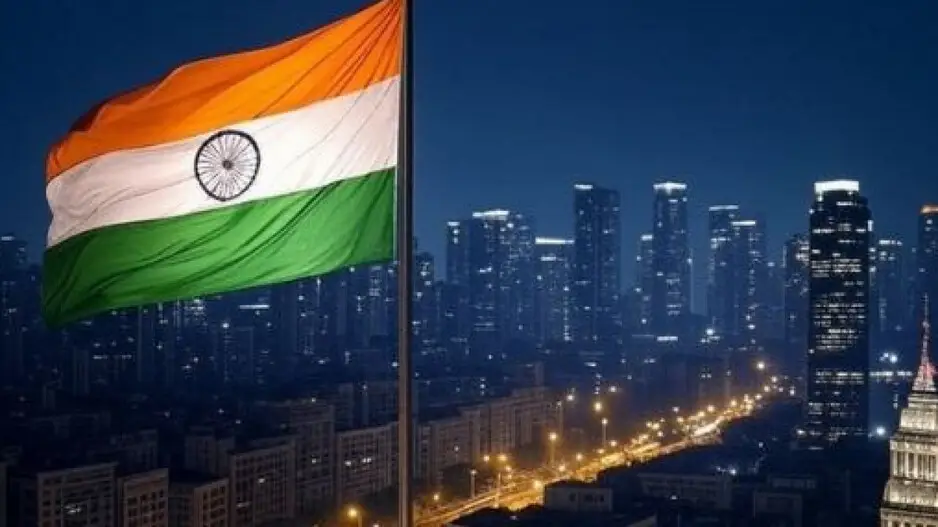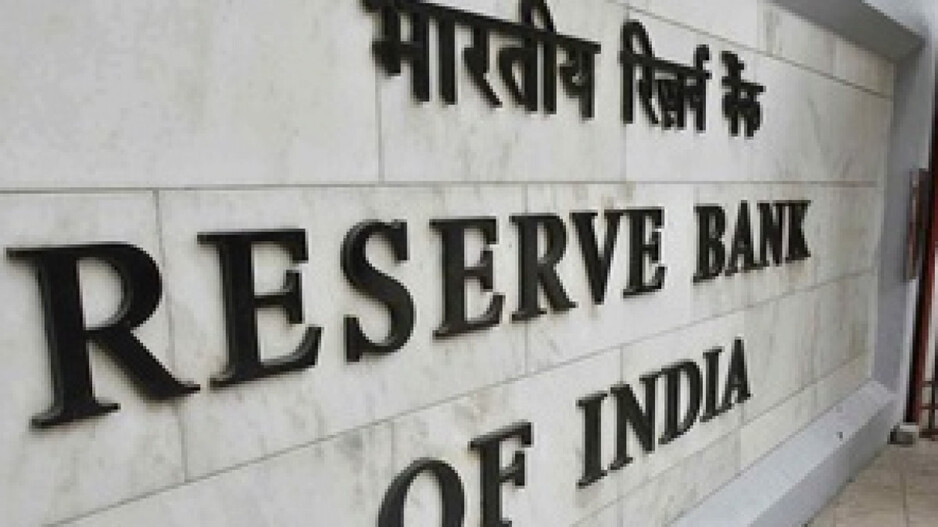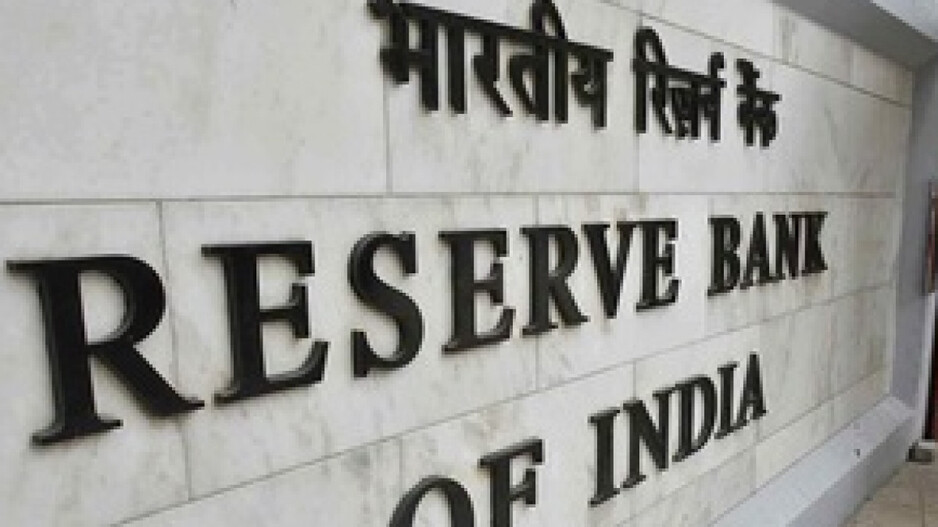/odishatv/media/post_attachments/uploadimage/library/16_9/16_9_0/recent_photo_1736938386.jpg)
What does India becoming 4th largest economy mean for Bharat and the world?
Being the 4th largest economy is a proud milestone, reflecting India's growing global role and economic strength. When we say India is the 4th largest economy in the world, it means that, based on Gross Domestic Product (GDP) in nominal terms, India ranks fourth globally, behind only the United States, China, and possibly Germany or Japan, depending on exact figures and currency exchange rates.
However, it also comes with greater responsibility to ensure inclusive, sustainable growth so that all Indians benefit from the country’s rising status.
What does this mean for India?
1. Global Recognition and Influence: India is increasingly seen as a major global economic power, gaining a stronger voice in forums like G20, IMF, UN and WTO. Multinational companies are more likely to invest in and partner with India. It can shape global trade rules, environmental negotiations, and tech regulations.
2. Growth in Investments: This ranking boosts investor confidence—domestic and foreign—leading to increased FDI (Foreign Direct Investment). The stock market tends to perform better as global funds flow into a fast-growing economy. This will also make India a preferred alternative to China for global supply chains and there will be more FDI in sectors like manufacturing, technology, retail and infrastructure.
3. Job Creation and Opportunities: A growing economy means more industries, infrastructure, and services, which leads to new jobs and entrepreneurial opportunities. This will boost employment, especially in sectors like construction, services, and green energy. A larger economy also generates higher revenues, enabling more spending on roads, railways, digital connectivity, and urban development.
4. Rise in National Income: An increased economic output, tax revenues rise, allows the government to spend more on welfare, infrastructure, and development.
5. Better Credit Ratings and Loans: A higher rank often leads to improved credit ratings, making it easier and cheaper for India to borrow money for development.
But, Some Realities to Keep in Mind:
1. GDP ≠ Prosperity for All: Despite being the 4th largest in size, India’s per capita income (average income per person) is still much lower than developed countries. Inequality-rural and urban, rich and poor, educated and uneducated-remains a challenge
2. Infrastructure and Human Development: Healthcare, education, and infrastructure still need significant improvement. The benefits of economic growth need to reach all sections of society.
3. Inflation and Jobless Growth: If growth is not accompanied by employment, it can lead to jobless growth. Managing inflation, climate change, and urban stress is critical as India grows.
Govt ratifies interest rate at 8.25 pc on employees' provident fund for FY25

India becomes world's fourth largest economy, overtaking Japan: NITI Aayog CEO

RBI releases revised instructions for inoperative accounts and unclaimed deposits in banks

RBI to pay govt record dividend of Rs 2.69 lakh crore for FY25

/odishatv/media/agency_attachments/2025/07/18/2025-07-18t114635091z-640x480-otv-eng-sukant-rout-1-2025-07-18-17-16-35.png)

/odishatv/media/media_files/2025/09/22/advertise-with-us-2025-09-22-12-54-26.jpeg)